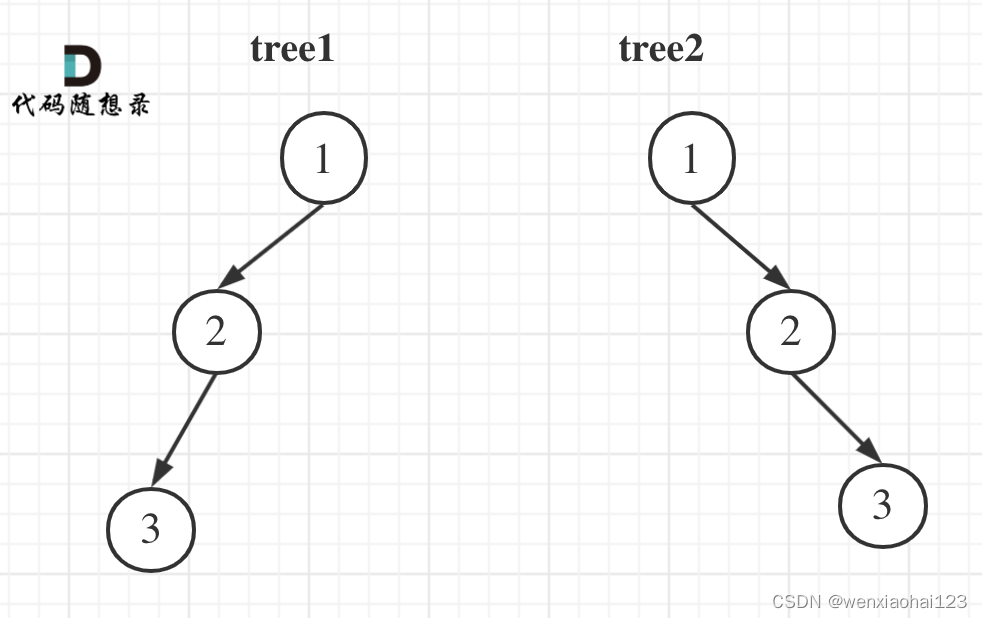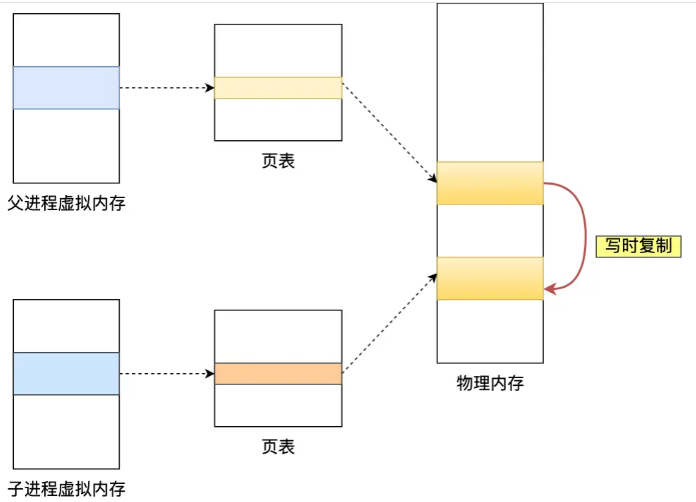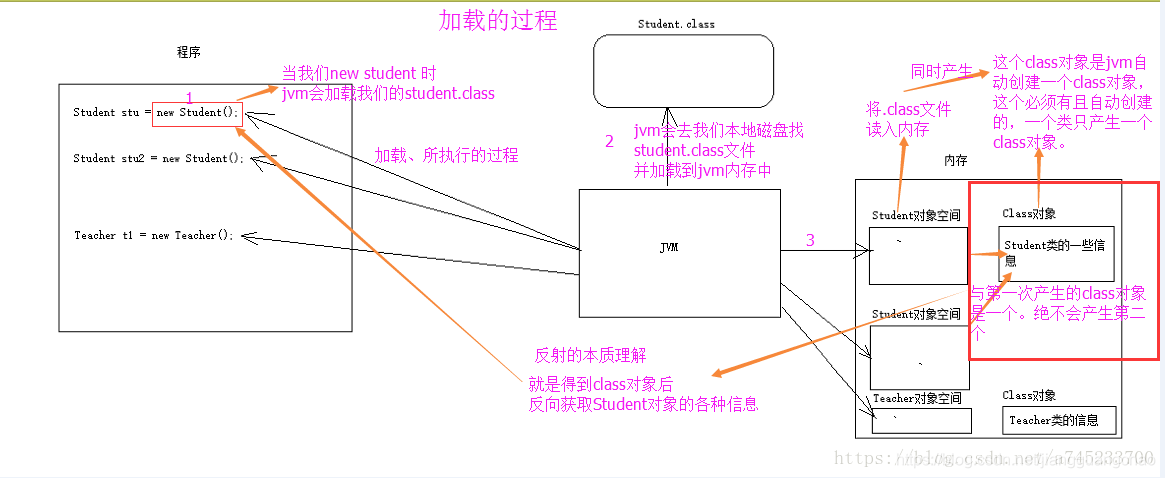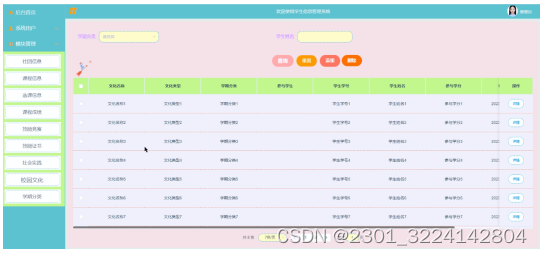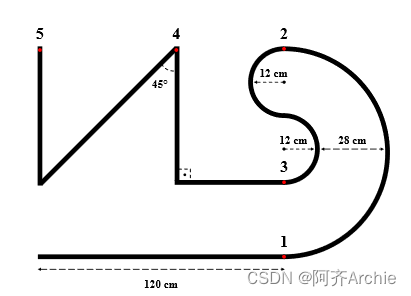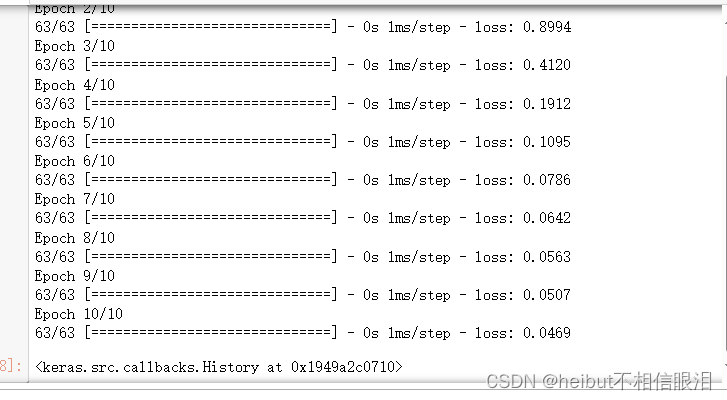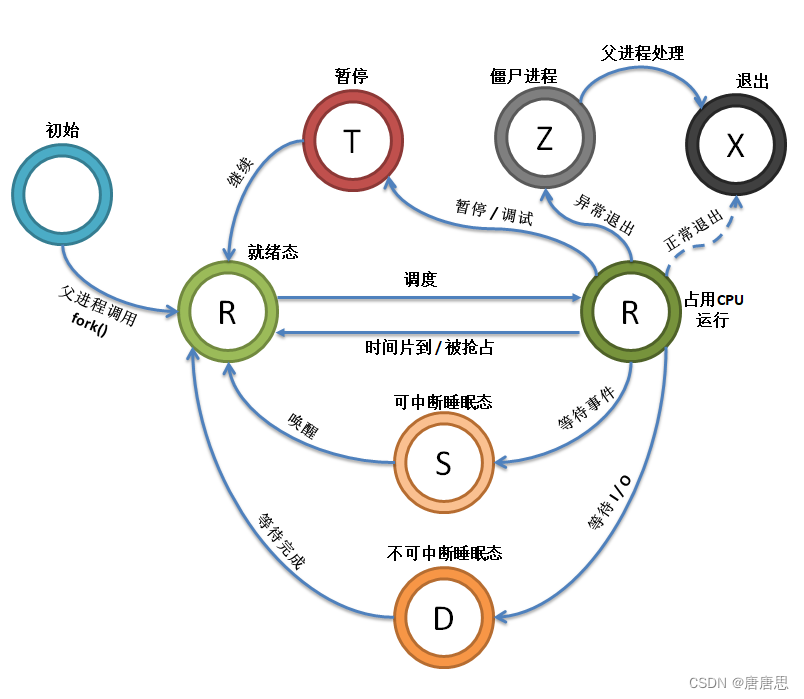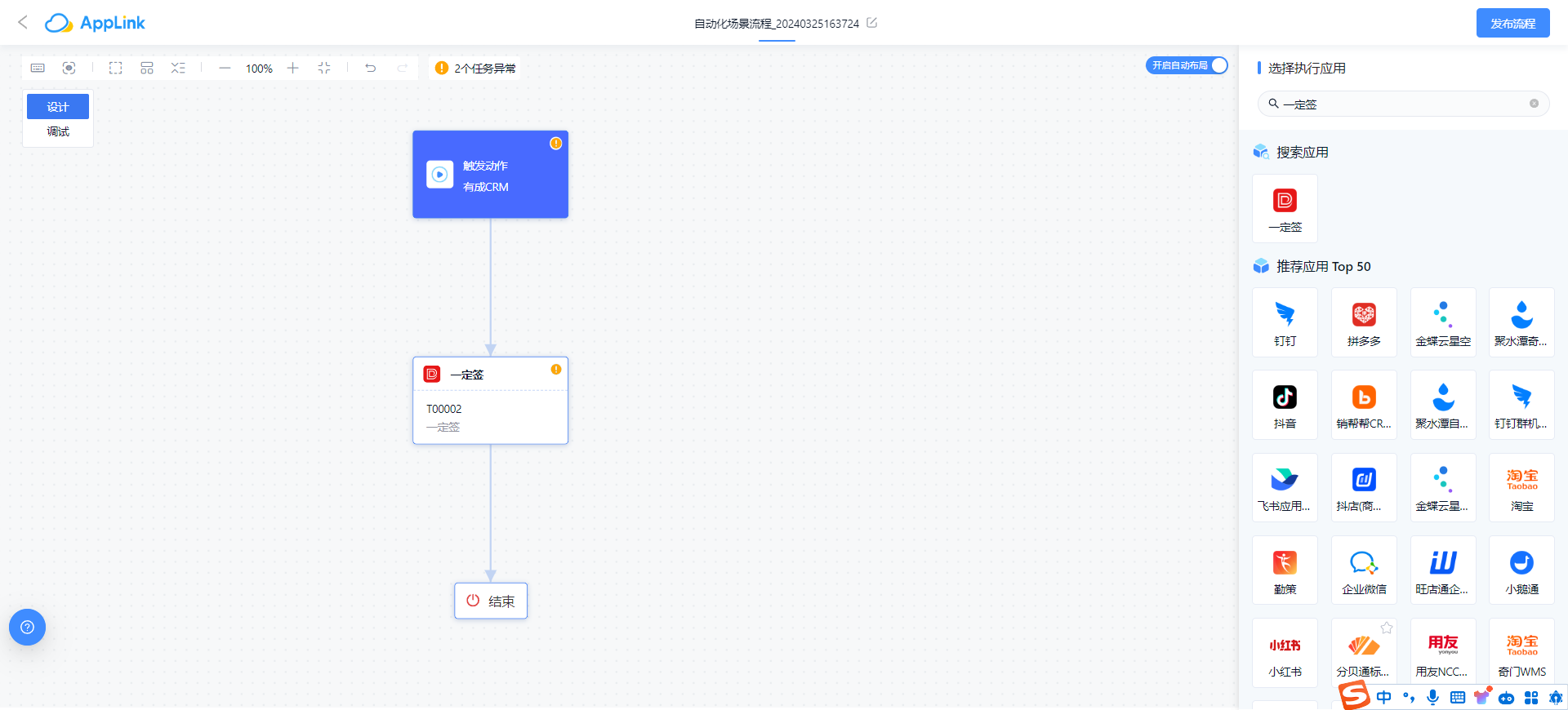iOS开发之SwiftUI
在iOS开发中SwiftUI与Objective-C和Swift不同,它采用了声明式语法,相对而言SwiftUI声明式语法简化了界面开发过程,减少了代码量。
由于SwiftUI是Apple推出的界面开发框架,从iOS13开始引入,Apple使用它的目标是为了打通iOS、iPadOS、macOS、watchOS和tvOS用户界面,保证在不同设备上的一致用户体验(跨平台一致性),所以作为iOS开发不可避免的需要逐步向其过渡。
本文主要通过实际开发去了解SwiftUI的优势和具体实现形式。

实时预览
SwiftUI在Xcode中提供了实时预览功能,允许开发者在设计阶段就看到界面元素的布局和外观。
这有助于在开发早期发现并修复潜在的问题,从而提高开发效率。
struct ContentView: View {
var body: some View {
VStack {
Spacer()
Image(systemName: "chart.bar.xaxis.ascending.badge.clock")
.imageScale(.large)
.foregroundColor(.mint).scaleEffect(3.0)
Spacer()
Text("逝者如斯夫,不舍昼夜!").foregroundColor(.mint).font(.title).fontWeight(.heavy)
}
.padding().background {
SakuraRainView()
}
}
}
#Preview {
ContentView()
}
强大的动画和过渡支持
SwiftUI内置了丰富的动画和过渡效果,使得开发者能够轻松地创建流畅且吸引人的用户界面。
这些动画和过渡效果可以帮助提升应用的用户体验。
struct HexagonShape: Shape {
var size: CGFloat
func path(in rect: CGRect) -> Path {
var path = Path()
let centerX = rect.midX
let centerY = rect.midY
let sideLength = size / 2
let angle: CGFloat = CGFloat.pi / 3
let radius: CGFloat = sideLength / sin(angle / 2)
let points = [
CGPoint(x: centerX + radius * cos(0 * angle), y: centerY + radius * sin(0 * angle)),
CGPoint(x: centerX + radius * cos(1 * angle), y: centerY + radius * sin(1 * angle)),
CGPoint(x: centerX + radius * cos(2 * angle), y: centerY + radius * sin(2 * angle)),
CGPoint(x: centerX + radius * cos(3 * angle), y: centerY + radius * sin(3 * angle)),
CGPoint(x: centerX + radius * cos(4 * angle), y: centerY + radius * sin(4 * angle)),
CGPoint(x: centerX + radius * cos(5 * angle), y: centerY + radius * sin(5 * angle))
]
path.move(to: points[0])
for i in 1..<points.count {
path.addLine(to: points[i])
}
path.closeSubpath()
return path
}
}
struct SakuraView: View {
@State var animated = false
@State var opacity = Double.random(in: 0...1)
@State var offsetX = Double.random(in: -320...320)
@State var offsetY = Double.random(in: -600...600)
@State var scale = Double.random(in: 0...2)
@State var duration = Double.random(in: 1...5)
var body: some View {
HexagonShape(size: 30)
.fill([Color.pink, Color.green, Color.blue, Color.yellow][Int.random(in: 0...3)].opacity(opacity))
.frame(width: 30, height: 30)
.offset(x:offsetX, y: offsetY)
.scaleEffect(scale).rotationEffect(.degrees(Double.random(in: 0...360)))
.animation(.easeInOut(duration: duration).repeatForever(autoreverses: true), value: animated).onAppear {
opacity = Double.random(in: 0...1)
offsetX = Double.random(in: -320...320)
offsetY = Double.random(in: -600...600)
scale = Double.random(in: 0...2)
duration = Double.random(in: 1...5)
animated.toggle()
}
}
}
struct SakuraRainView: View {
let sakuraCount = 200 // 樱花的数量
@State var animated = false
@State var offsetX = Double.random(in: -320...320)
@State var offsetY = Double.random(in: -600...600)
@State var duration = Double.random(in: 1...5)
var body: some View {
ZStack {
ForEach(0..<sakuraCount, id: \.self) { index in
SakuraView()
.offset(x:offsetX, y: offsetY)
.animation(.easeInOut(duration: duration), value: animated).onAppear {
offsetX = Double.random(in: -320...320)
offsetY = Double.random(in: -600...600)
duration = Double.random(in: 1...5)
animated.toggle()
}
}
}
}
}
让我们来看看效果,以下。
SwiftUI动画
与Swift的集成
SwiftUI是基于Swift语言开发的,因此它与Swift的集成非常紧密。
这意味着开发者可以充分利用Swift的强大功能和特性来构建复杂的用户界面。
状态管理
在SwiftUI中,状态管理通过使用特定的属性包装器来管理视图的状态。
主要的属性包装器包括@State和@Binding。
@State用于管理单个视图的局部状态,而@Binding则用于在不同视图之间共享数据。
当状态值改变时,SwiftUI会自动更新UI以反映最新的状态,无需手动操作视图更新。这种自动更新机制极大地简化了状态管理的复杂性,提高了开发效率。
另外,为了确保数据的一致性和可预测性,SwiftUI推荐使用不可变数据结构来管理状态。
通过使用这些属性包装器和不可变数据结构,开发者可以轻松实现视图状态的管理和更新。
一般iOS开发采用第三方库来进行状态管理,比如ReSwift、SwiftUIX等。


